The Six Apps That Mattered Most in 2017
If you own a smartphone, you use plenty of apps. Yet while you certainly have favorites among them, you probably don’t spend that much time reflecting on which ones are actually having an impact on the world—good, bad, or otherwise.
We’ve done it for you, by choosing six apps that were key in 2017. They’re not all ones we like. But they are significant right now for reasons ranging from power over political conversations to technological innovation to the issues they raise about privacy and communication. Take a look at our list, and let us know in the comments which apps you think mattered most this year.

Coinbase
Cryptocurrencies—decentralized virtual currencies that depend on distributed computer networks using encrypted transactions, rather than banks, to move value from one person to another—soared in popularity this year. Consider, for instance, the price of biggest one of the bunch, Bitcoin: it rose from less than $1,000 at the start of 2017 to, briefly, a high of over $19,000 in early December (exact prices seem to depend on which pricing index you look at).
This kind of boom means that services like Coinbase, the most common one for buying and selling digital coins, are increasingly vital. They form the emerging infrastructure to handle these transactions.
Coinbase and its peers have a lot of work to do if they want to keep cryptocurrency hot, though. During a huge price surge on December 7, for instance, Coinbase and some other exchanges had service problems, making it temporarily impossible for users to access their bitcoins.
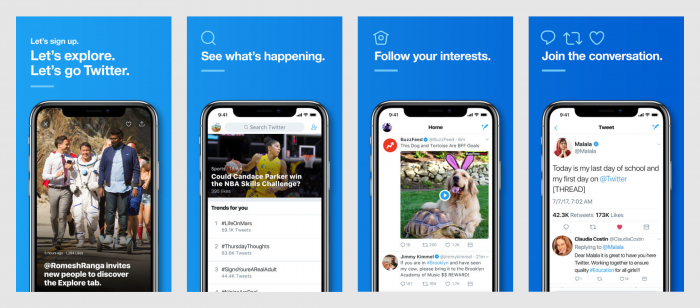
Though it’s nowhere near as big as Facebook (330 million monthly users, versus Facebook’s two billion), Twitter has played an enormous part in amplifying political messages this year, most notably those of President Donald Trump.
During the first year of his presidency, Trump has used his twoTwitter feeds for all kinds of things: issuing a ban on transgender people serving in the U.S. military, sharing incendiary anti-Muslim videos, lobbing backhanded insults at North Korean president Kim Jong Un, and disparaging so-called fake news, among others.
His Twitter presence is as captivating and horrifying as a car crash. And while it seemed for a brief moment in November that he might have been kicked off the social network after his @realdonaldtrump handle was deactivated, Twitter quickly let us all know it was simply an accident—meaning we probably have four more years of barbs, goading, and more to look forward to from the president.
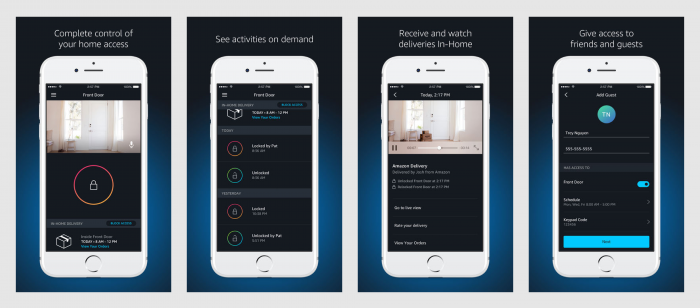
Amazon Key
Were it not for the October release, it would have been assumed to be an April Fool’s joke when Amazon introduced Amazon Key, its new high-tech service letting delivery folks come into your house to drop off your Amazon packages, no actual key required.
In a nutshell, for $250 Amazon will sell a kit that includes an Internet-connected camera, a smart lock for your front door, and a Key app. The app lets you know approximately when a delivery is set to happen, and if you’re not there at the time, the delivery person can still get into your house via the smart lock and leave your order (all the while, the camera should be recording).
On one hand, it sounds like a logical extension of Amazon’s offerings. The company—already in many homes with its speaker-based digital assistant, Alexa—has long worked to get customers their orders as quickly as possible. Controlling the last bit of your shopping experience could certainly help speed it up, encouraging you to order from Amazon over and over and over.
What Amazon seems to have missed, however, is the intense creepiness of merely the suggestion that you let a stranger into your home.
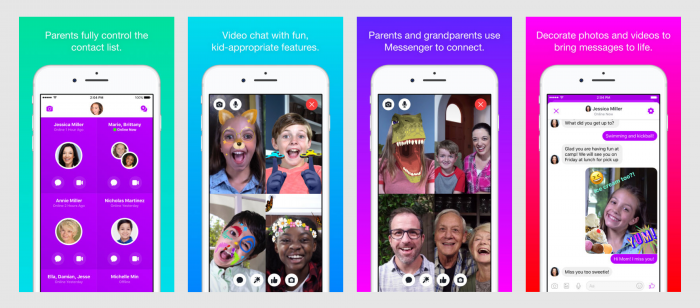
Messenger Kids
Facebook unveiledMessenger Kids in December, making a bold play for the next generation of social-network users with a free app that lets those too young to use Facebook proper (the under-13 crowd) text and video-chat with parent-approved contacts.
Available initially just for iOS users, Messenger Kids is not the first kiddie-geared social app—notby a longshot. But because of a federal law that restricts how online data from kids under age 13 is collected, used, and communicated, the biggest social networks have shied away from creating such apps until now.
And love it or hate it, for Facebook it also makes a lot of sense as a pipeline for future users. Many youngsters who are already old enough to use Facebook are more enamored of apps like Snapchat, Twitter, and Kik; with Messenger Kids there’s an opportunity to familiarize young children with the Facebook brand and then graduate them to the grown-up version when they get older.
Messages with Animoji
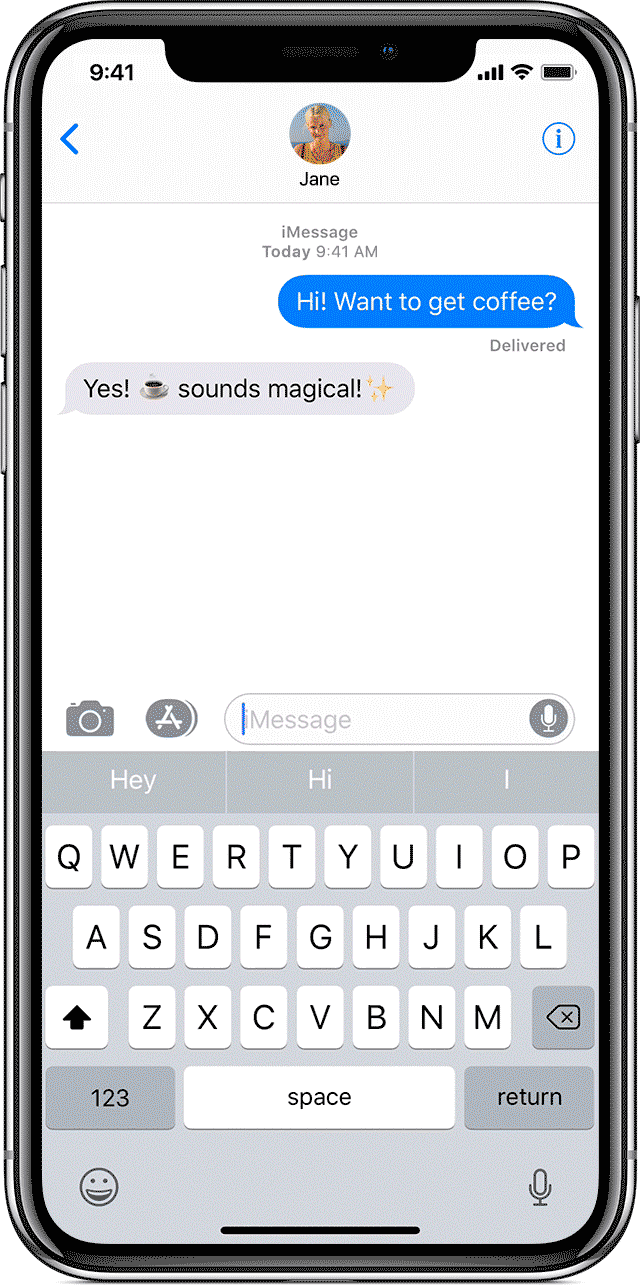
When Apple introduced the $999 iPhone X in September, the tech giant also trotted out its own take on facial-recognition technology, Face ID. Available just in its fanciest iPhone, Face ID uses sensors, cameras, and an itty-bitty dot projector to make a map of your face and checks it against one already stored on the handset.
Of course, Apple is using Face ID as a way to unlock the iPhone X. Yet it’s also hinting at future applications for the technology with the silly-looking Animoji feature in Apple’s Messages app.
With Animoji, you can create all kinds of animated characters—a unicorn, a panda, a pile of poop—that talk with your voice. It may not sound like a big deal (or even all that appealing) to be able to render yourself in poop, yet it looks impressively realistic and shows Apple is looking far beyond authentication when it comes to facial recognition. In fact, the company hopes developers will help with this (to the chagrin of some privacy experts)—it’s offering documentation for creating augmented-reality experiences that use facial information.
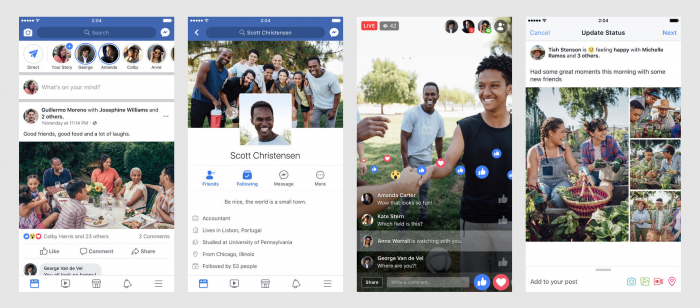
We still don’t know exactly how much of an influence Russian meddling had on the 2016 presidential election, but this year we learned that it did happen on several social networks, including the biggest one of all: Facebook.
In October, Facebook told a Senate judiciary subcommittee that 126 million Americans saw Russian content—much higher than the figure the company had cited weeks earlier, when it said that 10 million people saw ads bought by Russian accounts. As Facebook noted, even that larger figure still makes up a tiny amount of the content that users see on Facebook. But with 239 million people depending on Facebook to connect with friends and family in the U.S. and Canada, it’s impossible to ignore.
Keep Reading
Most Popular
Large language models can do jaw-dropping things. But nobody knows exactly why.
And that's a problem. Figuring it out is one of the biggest scientific puzzles of our time and a crucial step towards controlling more powerful future models.
The problem with plug-in hybrids? Their drivers.
Plug-in hybrids are often sold as a transition to EVs, but new data from Europe shows we’re still underestimating the emissions they produce.
Google DeepMind’s new generative model makes Super Mario–like games from scratch
Genie learns how to control games by watching hours and hours of video. It could help train next-gen robots too.
How scientists traced a mysterious covid case back to six toilets
When wastewater surveillance turns into a hunt for a single infected individual, the ethics get tricky.
Stay connected
Get the latest updates from
MIT Technology Review
Discover special offers, top stories, upcoming events, and more.